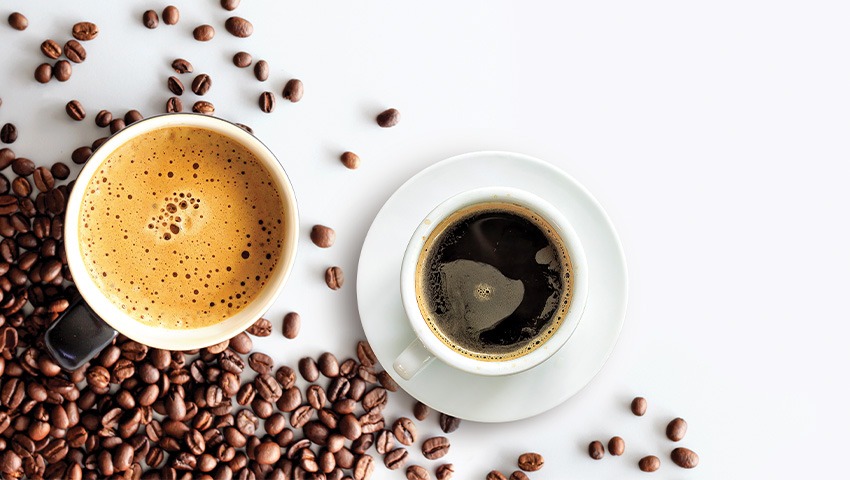Meeting profs are back in the caffeine-delivery game
Consider the coffee break. Or the caffeine break, if you will, which would also encompass caffeinated tea. Have you ever wondered what would happen if you planned a meeting without it?
A mass evacuation to the nearest Starbucks, most likely.
Caffeine—a miniscule organic molecule known as 1,3,7-trimethylxanthine—is a mind-altering drug. As Michael Pollan notes in This Is Your Mind on Plants, caffeine is “the most widely used psychoactive drug in the world, and the only one we routinely give to children (commonly in the form of soda). Few of us even think of it as a drug, much less our daily use of it as an addiction. It’s so pervasive that it’s easy to overlook the fact that to be caffeinated is not baseline consciousness but, in fact, an altered state. It just happens to be a state all of us share, rendering it invisible.”
As a meeting prof, have you ever thought of yourself as a drug supplier? Now that F2F is back, that’s, in essence, what you are.
Read More: Wow Your Attendees with Unique Coffee Traditions
And like all dealers, you are welcomed by your addicts. We crave our caffeine, but it pays us back in spades. After that coffee break, as your attendees absorb keynotes and participate in forums, they feel quicker, brighter and more alert—“focused, linear, abstract and efficient cognitive processing,” to use Pollan’s words. He adds, “This, more than anything else, is what made caffeine the perfect drug not only for the age of reason and the Enlightenment but for the rise of capitalism, too.”
“Ever wonder what would happen if you planned a meeting without a coffee break?”
He continues: “Surely it is more than a coincidence that caffeine and the minute hand on clocks arrived at more or less the same historical moment. For medieval man, and especially for the man doing physical labor outdoors, the angle of the sun mattered more than the hand of the clock. There had been no minute hand because there had been no need to subdivide the hour. But new kinds of work demanded much closer attention to time and its increments, and what psychoactive drug is more time-bound than caffeine?”
Of course, this particular drug is well known for its health benefits, too. A National Institutes of Health study found coffee drinkers were less likely to die from heart disease, respiratory disease, stroke, injuries and accidents, diabetes and infections. Other research points to benefits against risk of breast and endometrial cancers, among others, as well as Parkinson’s disease and dementia. “Coffee and tea are also the leading source of antioxidants in the American diet,” Pollan states, “a fact that may by itself account for many of [their] healthy benefits.”
Of course, caffeine’s potential downside is also well known: restlessness, irritability, confusion, dizziness and a rapid heart rate. Health experts say no more than 300 milligrams of caffeine a day is best, or about three cups of coffee.
Read More: Healthy You: The Memory Games
And if coffee or tea is adulterated with artificially flavored and heavily sweetened creamers, not to mention regular old milk and sugar, well, suddenly it becomes a lot less healthy with frequent consumption. The increasing popularity of low-acid coffee (and cold-brewed java) highlight caffeine’s potential for triggering stomach irritation and acid reflux.
To alleviate that concern, ask your caterer to serve dark-roasted coffee over lighter roasts. It may seem counterintuitive, but beans roasted for longer periods of time lose some of their acidity and caffeine.
And then, of course, there’s a good reason you should avoid offering coffee and tea service after dinners. Good sleep—which is even more instrumental than caffeine for the success and productivity of your sessions. It used to be thought that a nightcap of Joe could help counteract the effects of alcohol (which also inhibits restful sleep). But not anymore.
As Pollan warns, “The energy that cup of coffee or tea has given you has been borrowed from the future; and must eventually be paid back. What’s more, there is interest to be paid on that loan, and it can be calculated in the quantity, and quality, of your sleep.”
This article appears in the July 2022 issue.




